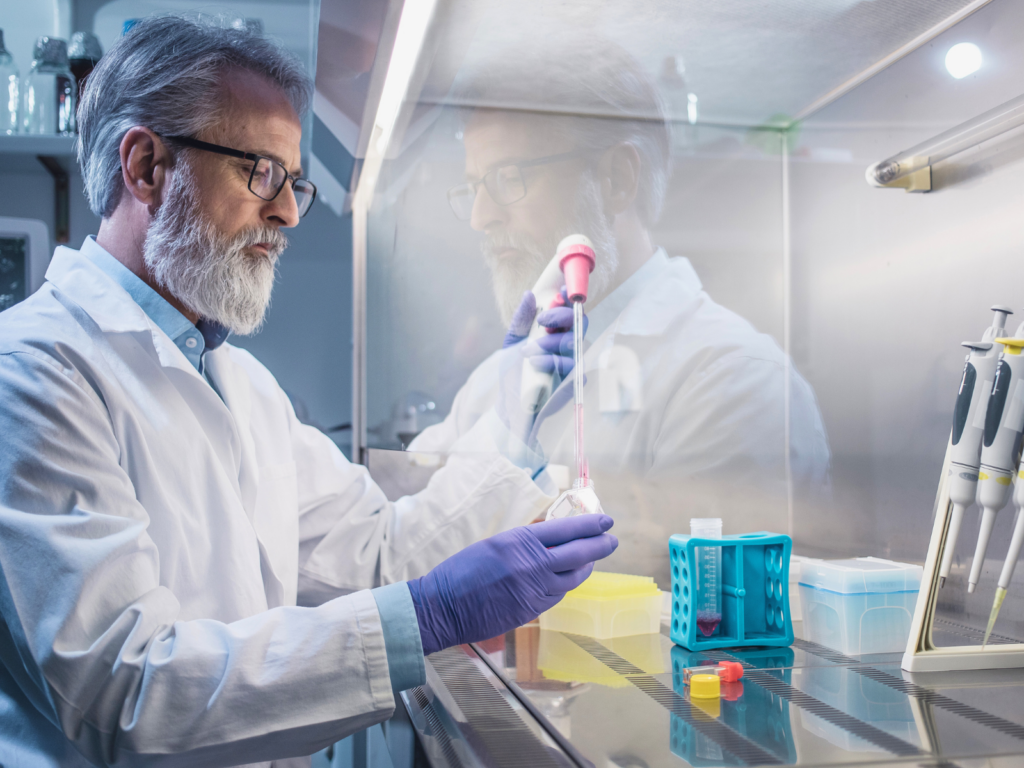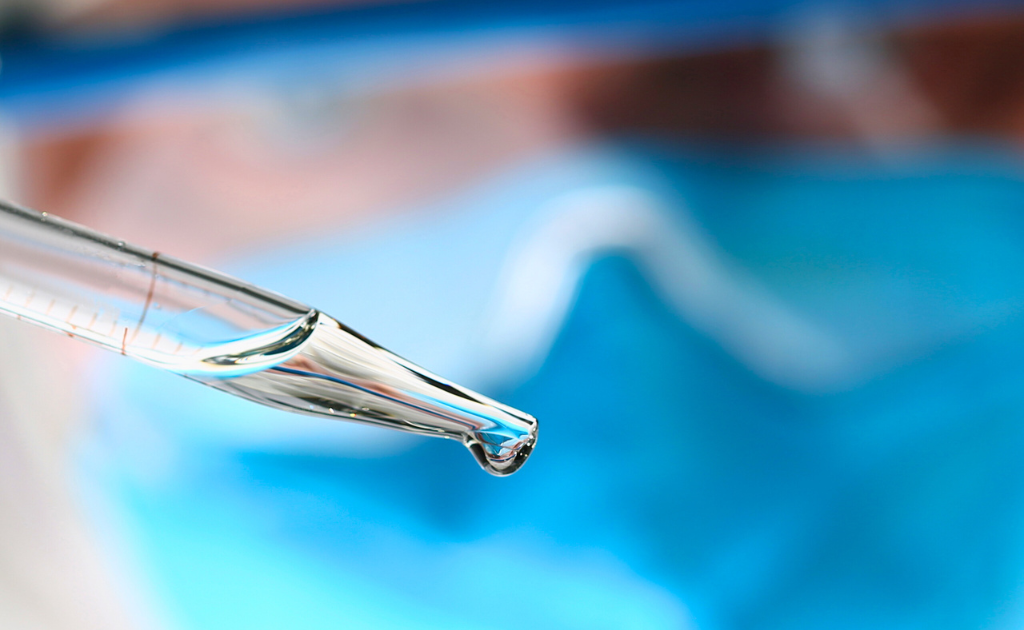The Importance of Temperature Mapping
Temperature mapping is essential for maintaining consistent temperatures in environments like warehouses, environmental chambers, and coolers. It involves identifying hot or cold spots, complying with industry standards, and meticulously measuring and recording temperature data throughout the space. This article discusses temperature mapping, its importance, scope, frequency, and how seasonal temperature variations affect warehouse temperatures.
Creating a Temperature Map:
The aim of temperature mapping is to place sensors in a space, collecting temperature data over time. In facilities with sensitive items, even small temperature shifts can jeopardize product safety.
- Set Objectives: Define the mapping purpose.
- Choose Equipment: Select appropriate sensors.
- Identify Locations: Determine key monitoring spots.
- Install Sensors: Place them accurately.
- Collect Data: Gather temperature readings.
- Analyze Data: Identify fluctuations and trends.
- Generate Report: Create a detailed report.
- Take Action: Address temperature issues.
- Document: Maintain records for compliance.

Temperature Mapping and Purpose:
- Ensure Product Quality and Safety: Maintain suitable temperatures in warehouses to preserve product quality and safety.
- Regulatory Compliance: Help industries like pharmaceuticals and food meet strict temperature control regulations.
- Identify Temperature Variations: Locate temperature hot and cold spots for quick corrective actions.
- Risk Reduction: Minimize product spoilage, loss, and regulatory penalties by detecting temperature inconsistencies.
- Process Validation: Verify consistent temperature profiles in environmental chambers for tasks like stability testing or accelerated aging.
Frequency of Temperature Mapping
There are several factors that determine the frequency of temperature mapping.
- Regulatory Compliance: Industries with strict regulations often need frequent temperature mapping to meet compliance standards.
- Equipment or Layout Changes: When equipment, facility layout, or storage arrangements change, temperature mapping is necessary to ensure the right temperature levels are maintained.
- Seasonal Factors: In warehouses, mapping frequency may fluctuate with the seasons, particularly in areas with extreme temperature variations.
Seasonal Differences in Warehouses
Temperature fluctuations in warehouses, especially those in regions with distinct seasons, can significantly affect the frequency and outcomes of temperature mapping.
- Winter vs. Summer: Colder climates face challenges maintaining acceptable temperatures in winter, while warmer regions require intensive cooling to avoid temperature spikes in summer.
- Seasonal HVAC Adjustments: Warehouses often modify their heating, ventilation, and air conditioning systems seasonally to adapt to external temperature changes.
- Energy Efficiency: Seasonal mapping can also enhance energy efficiency. By pinpointing areas struggling with temperature control in specific seasons, warehouses can optimize HVAC usage.
Temperature mapping plays a critical role in maintaining the integrity of temperature-controlled environments, preventing product degradation, and ensuring compliance with regulatory requirements. As part of the process, systematic temperature data collection is conducted to identify potential issues and ensure consistency in temperature-sensitive areas.
There are several factors that determine the frequency of mapping, including regulatory requirements, equipment changes, and seasonal variations, especially in warehouses. In order to ensure product quality, operational efficiency, and regulatory compliance, businesses must understand and effectively implement temperature mapping.





